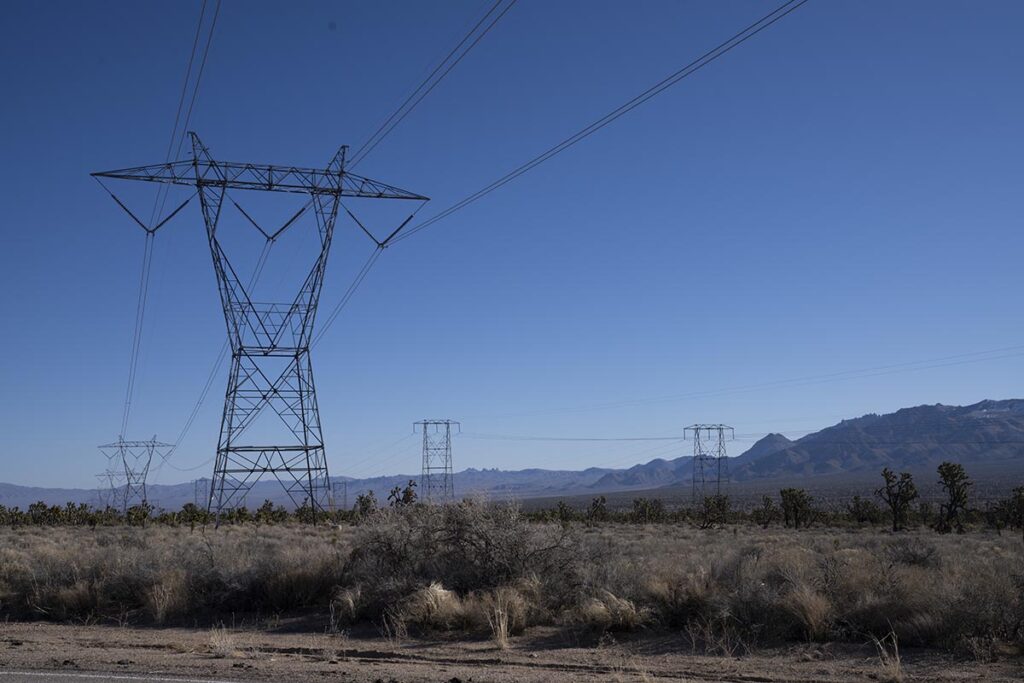
NRECA CEO Jim Matheson said new regulations proposed by the Environmental Protection Agency (EPA) to eliminate greenhouse gas emissions from the power sector will place reliable and affordable electricity at risk and threaten America’s energy security.
“This proposal will further strain America’s electric grid and undermine decades of work to reliably keep the lights on across the nation,” Matheson said. “And it is just the latest instance of EPA failing to prioritize reliable electricity as a fundamental expectation of American consumers. We’re concerned the proposal could disrupt domestic energy security, force critical, always-available power plants into early retirement and make new natural gas plants exceedingly difficult to permit, site and build.
“Nine states experienced rolling blackouts last December as the demand for electricity exceeded the available supply. Those situations will become even more frequent if EPA continues to craft rules without any apparent consideration of impacts on electric grid reliability.”
EPA on May 11 released its long-anticipated draft rules aiming to cut carbon dioxide emissions by up to 617 million metric tons by 2042 at both new and existing coal and natural gas power plants.
Depending on the use of the unit, whether baseload or intermediate, the agency said power plants must adhere to performance standards following “best system of emission reduction” (BSER) requirements identified as: co-firing with natural gas, using clean hydrogen in place of natural gas and installing carbon capture and storage (CCS). For existing units, the states have some leeway in determining individual unit performance standards based on certain factors.
Existing coal-fired units planning to operate after 2039 will be required to install CCS with 90% effectiveness by 2030, according to the proposal. The BSER for coal units retiring before 2040 will depend on their shutdown date.
Existing natural gas plants of at least 300 megawatts and a capacity factor above 50% are expected to install 90% effective CCS by 2035 or co-fire with 30% low-carbon hydrogen beginning in 2032 and almost entirely hydrogen by 2038.
New natural gas plants are categorized based on how often they run. Those plants providing baseload power will have to meet the same CCS or hydrogen standards as large existing natural gas plants. Plants that are used intermittently will have to co-fire with 30% low-carbon hydrogen by 2032, while peaking units must meet low-emitting fuels requirements.
Matheson said EPA’s proposal fails to acknowledge the five top issues affecting the reliable delivery of electricity in the U.S.:
- Increasing demand for electricity as more sectors of the economy are electrified.
- Decreasing electricity supply due to the disorderly retirement and insufficient replacement of existing generation.
- Permitting delays that prevent new generation and transmission electric infrastructure from being built.
- Supply chain challenges.
- Challenges with natural gas availability.
“American families and businesses rightfully expect the lights to stay on at a price they can afford,” Matheson said. “EPA needs to recognize the impact this proposal will have on the future of reliable energy before it’s too late.”
NRECA will participate in the EPA’s public comments phase of the proposed rule, which will open 60 days after its publication in the Federal Register. EPA will also hold a virtual public hearing at a date to be determined.
Cathy Cash is a staff writer for NRECA.